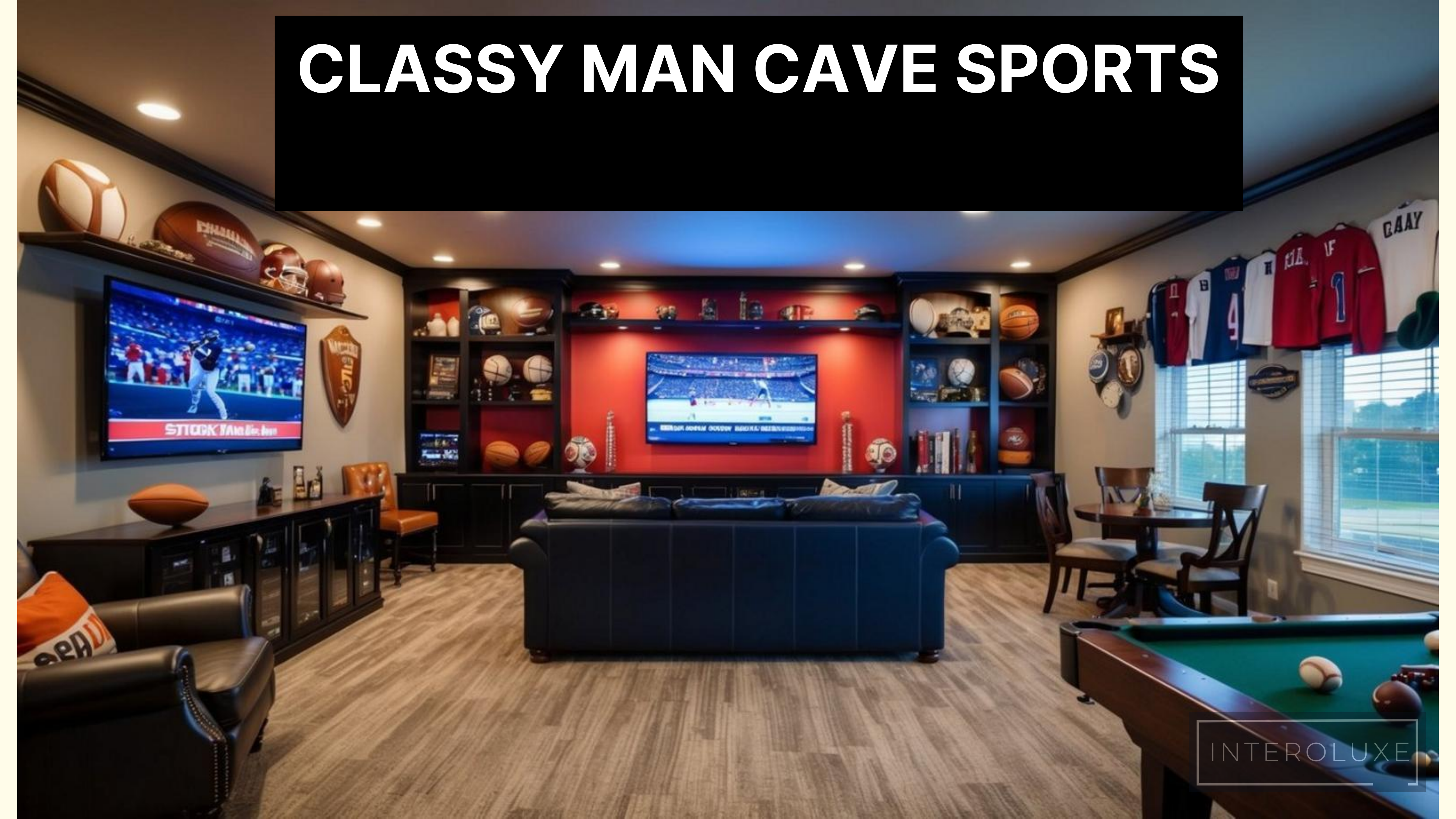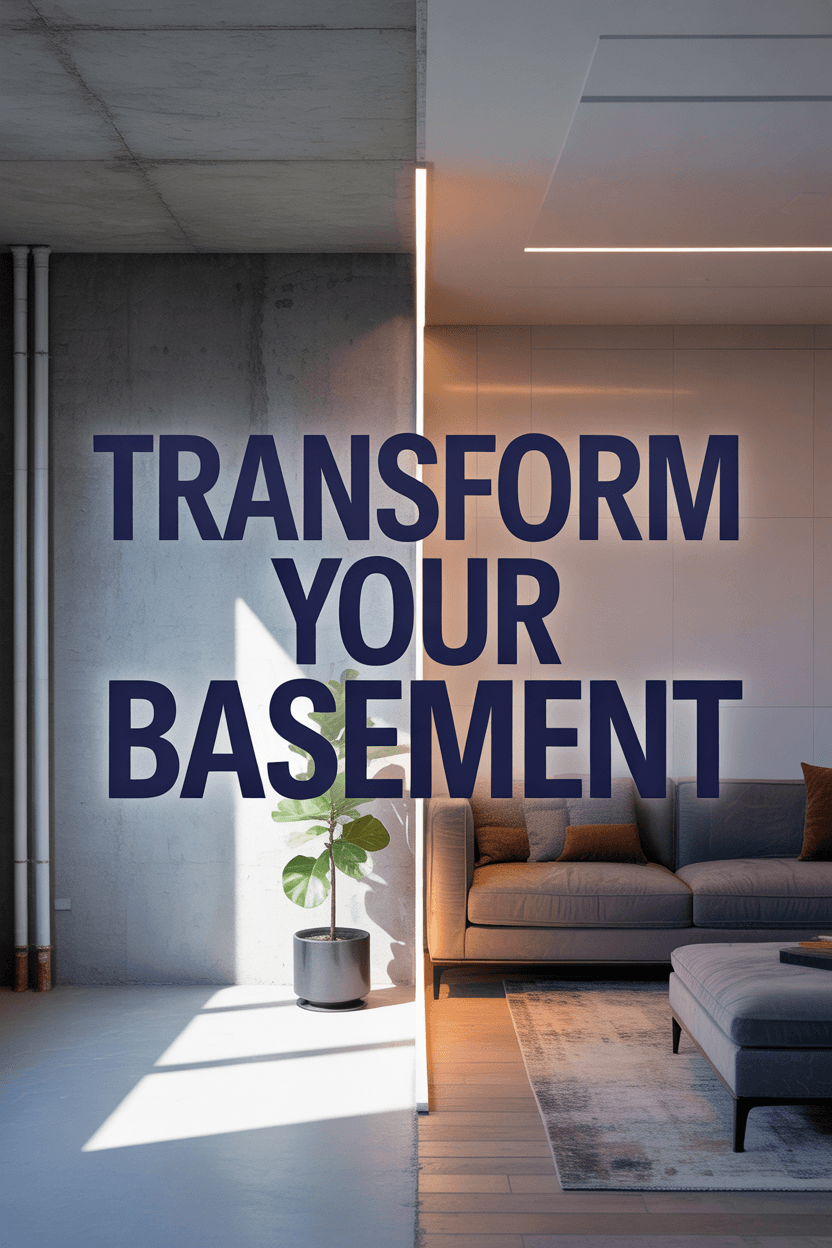Stunning Wall Tile Ideas That Transform Ordinary Spaces into Design Masterpieces

Understanding Wall Tile Materials: What’s Best for Your Space?
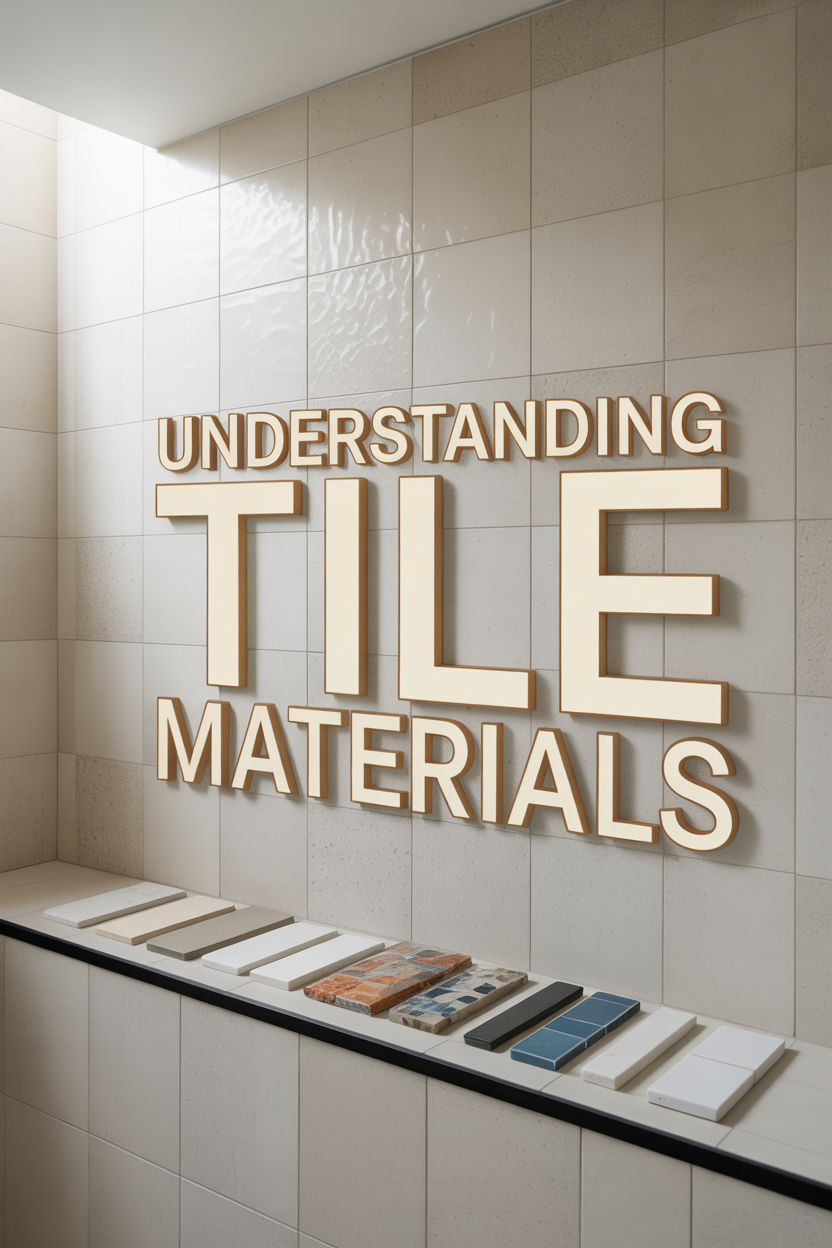
Wall tiles have transformed from basic bathroom necessities to design statement pieces. Today’s options feature stunning materials, colors, and patterns that can completely transform your space. Whether you’re planning a kitchen backsplash or creating a spa-like bathroom retreat, choosing the right tiles can make all the difference.
Let’s explore the foundation of any tile project—choosing materials that will stand the test of time and bring lasting beauty to your home.
Ceramic vs. Porcelain: Understanding the Essential Differences
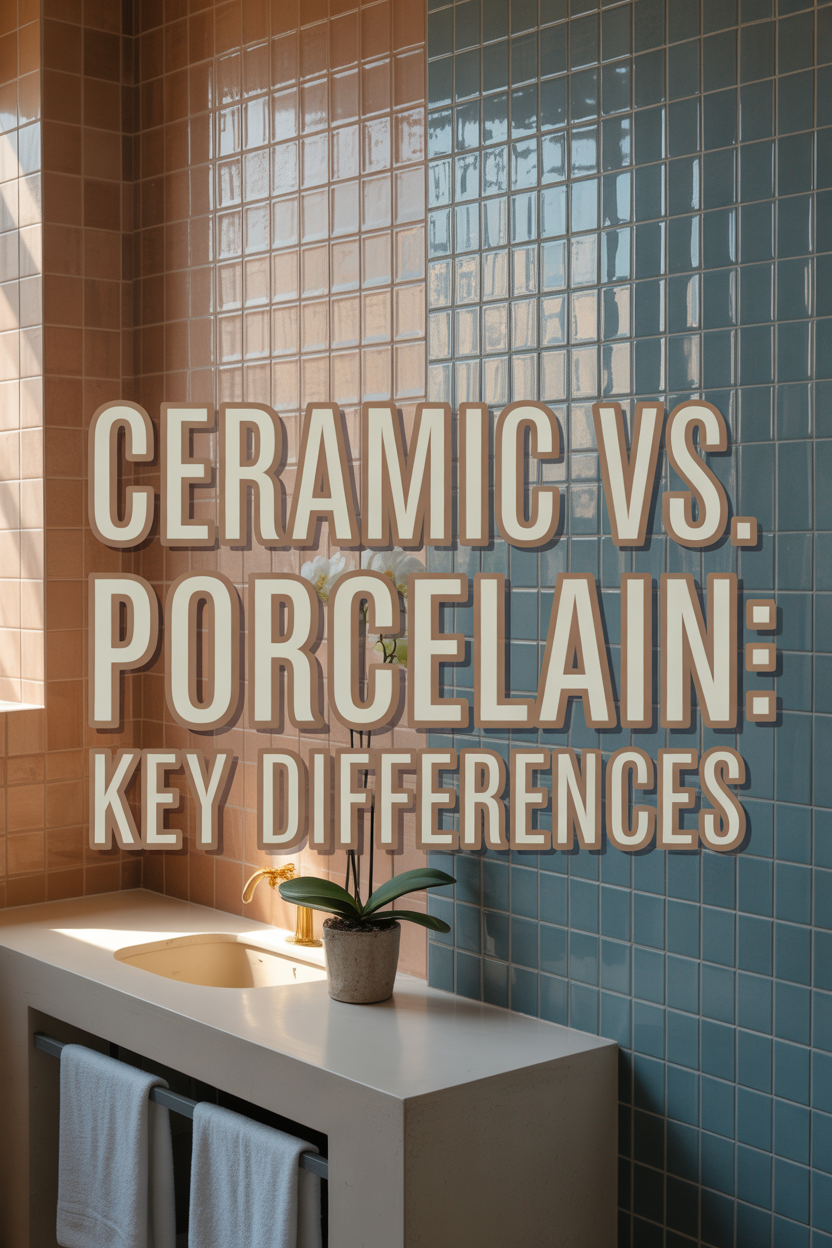
Ceramic tiles are budget-friendly and DIY-friendly options made from clay that cut easily with basic tools. They work well in areas with moderate moisture exposure and normal foot traffic.
Porcelain tiles offer superior density and moisture resistance compared to ceramic. This makes them ideal for wet areas like showers where performance matters most.
When selecting between these options, consider both your immediate budget and long-term durability needs. Porcelain typically costs more upfront but offers exceptional longevity in challenging environments.
Natural Stone Tile Options: Creating Timeless Elegance
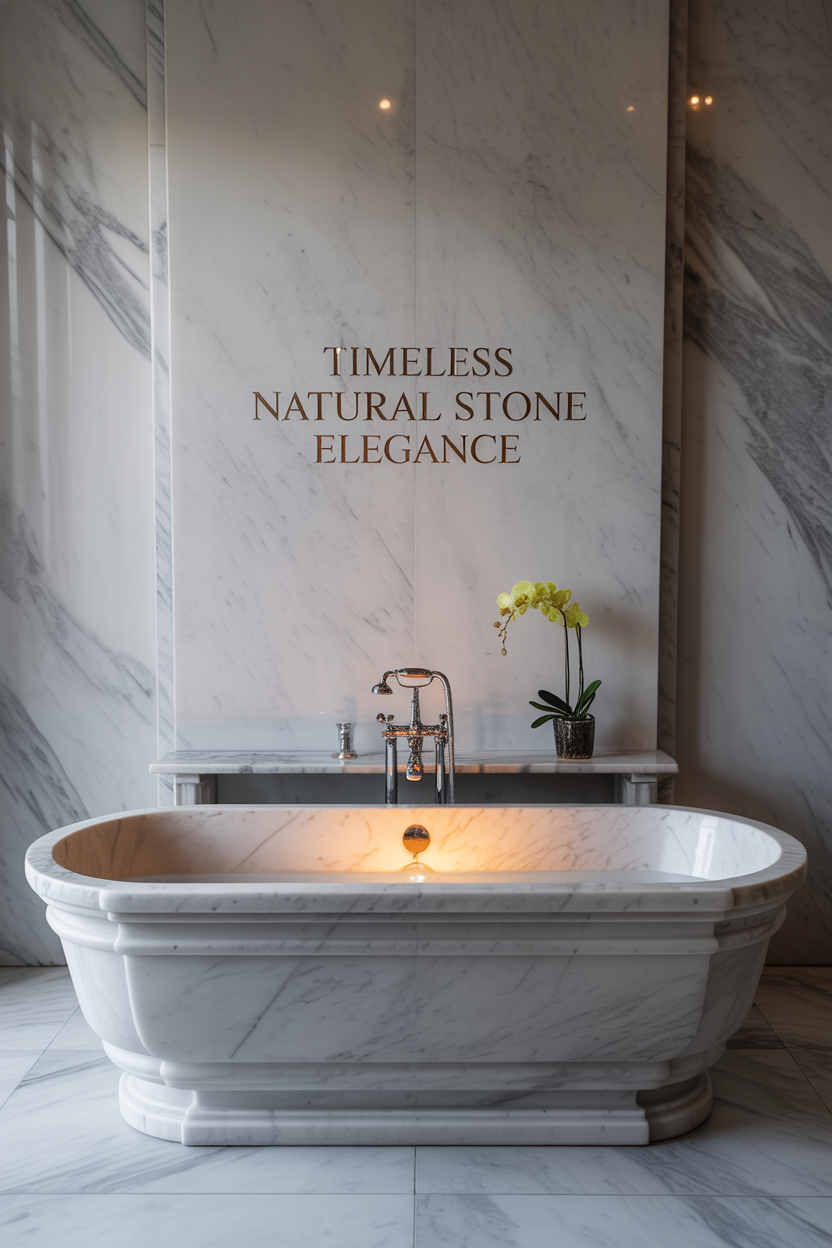
Natural stone tiles bring organic beauty that improves with age:
- Marble: Features distinctive veining patterns that create luxurious, one-of-a-kind surfaces
- Travertine: Offers rustic character with natural variations and warm earth tones
- Slate: Provides dramatic, deep coloration with subtle texture for sophisticated spaces
Remember that these natural materials require regular sealing to maintain their beauty and resistance to staining. This maintenance represents a small investment in preserving their timeless appeal.
Modern Specialty Tiles: From Glass to Industrial Metals
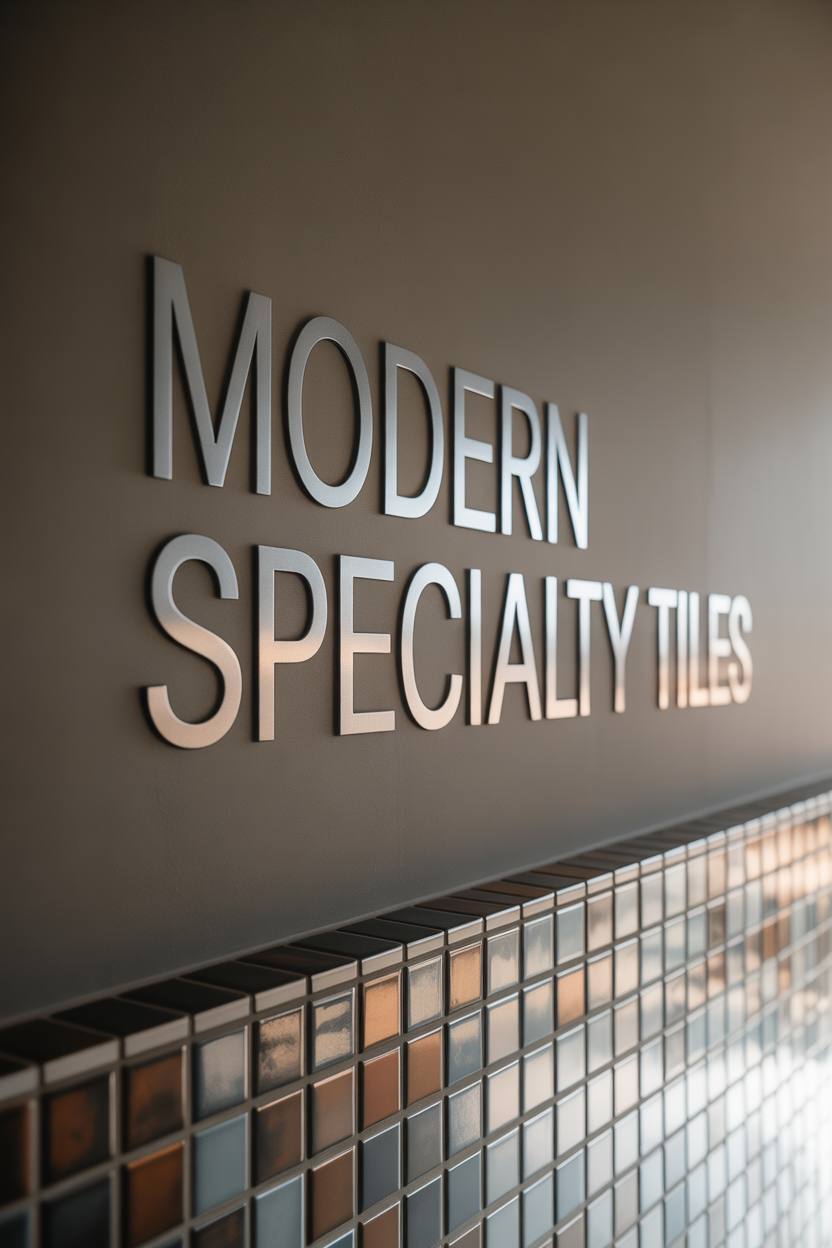
Glass tiles reflect light brilliantly, making small spaces feel larger and brighter. They work particularly well in bathrooms and kitchens where their luminous quality enhances the sense of space.
Metal tiles in stainless steel, copper, and bronze bring sophisticated industrial elements to contemporary designs. Their reflective properties add unexpected visual interest while offering exceptional durability.
The latest innovations include cement tiles with bold graphic patterns, terrazzo with colorful aggregate pieces, and eco-friendly options made from recycled materials. These specialty options allow you to express your unique design perspective.
Transformative Kitchen Backsplash Designs: From Subway to Showstopping
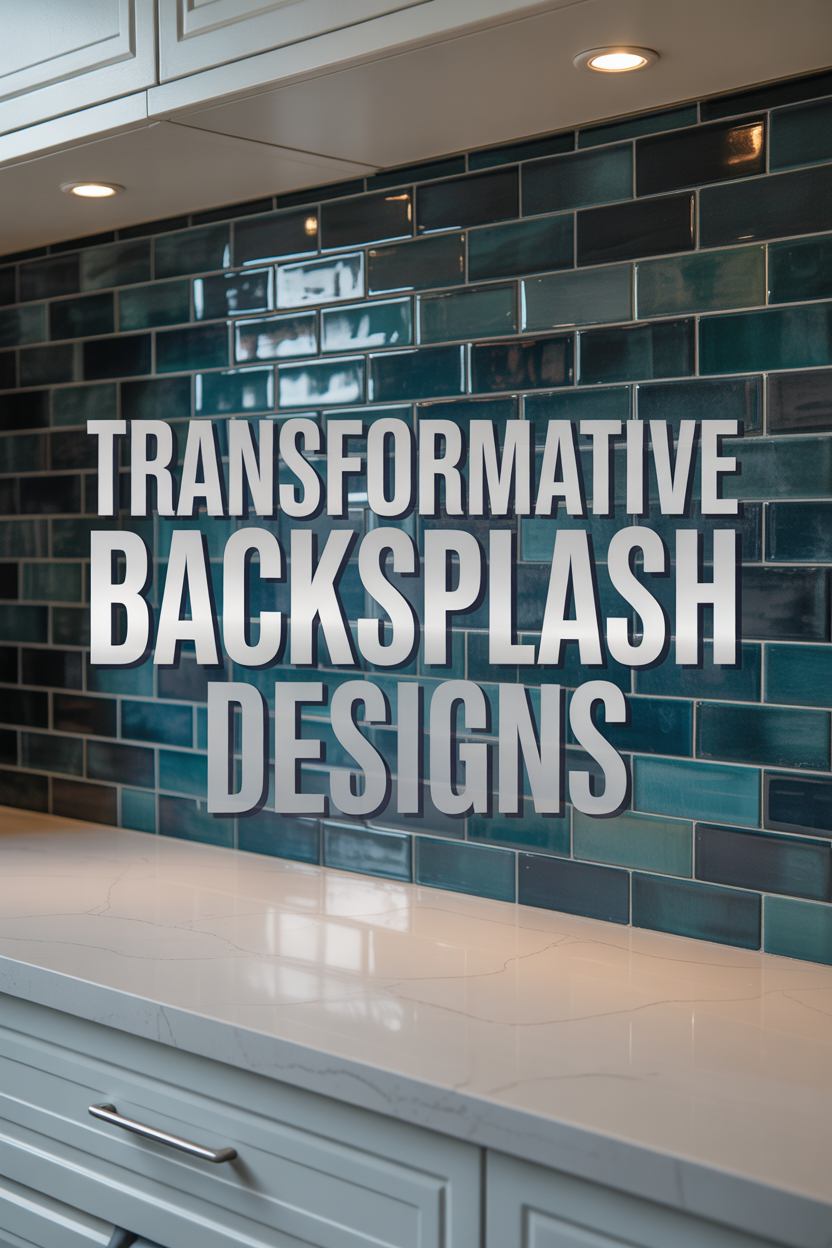
Modern kitchens showcase backsplashes that combine visual impact with practical function. Large-format tiles minimize grout lines for easier cleaning, while ceiling-height installations behind ranges create dramatic focal points.
Subway tiles continue to evolve beyond basic white rectangles:
- Elongated rectangular shapes add contemporary proportions
- Handcrafted pieces with irregular edges bring artisanal character
- Expanded color palettes offer everything from subtle neutrals to bold jewel tones
- Distinctive layouts like herringbone transform simple tiles into designer statements
When selecting kitchen tiles, prioritize non-porous, easy-clean surfaces that can handle the inevitable spills and splatters of daily cooking. Your beautiful backsplash should maintain its appeal even after years of culinary adventures.
Creating Spa-Like Bathroom Retreats With Strategic Tile Choices
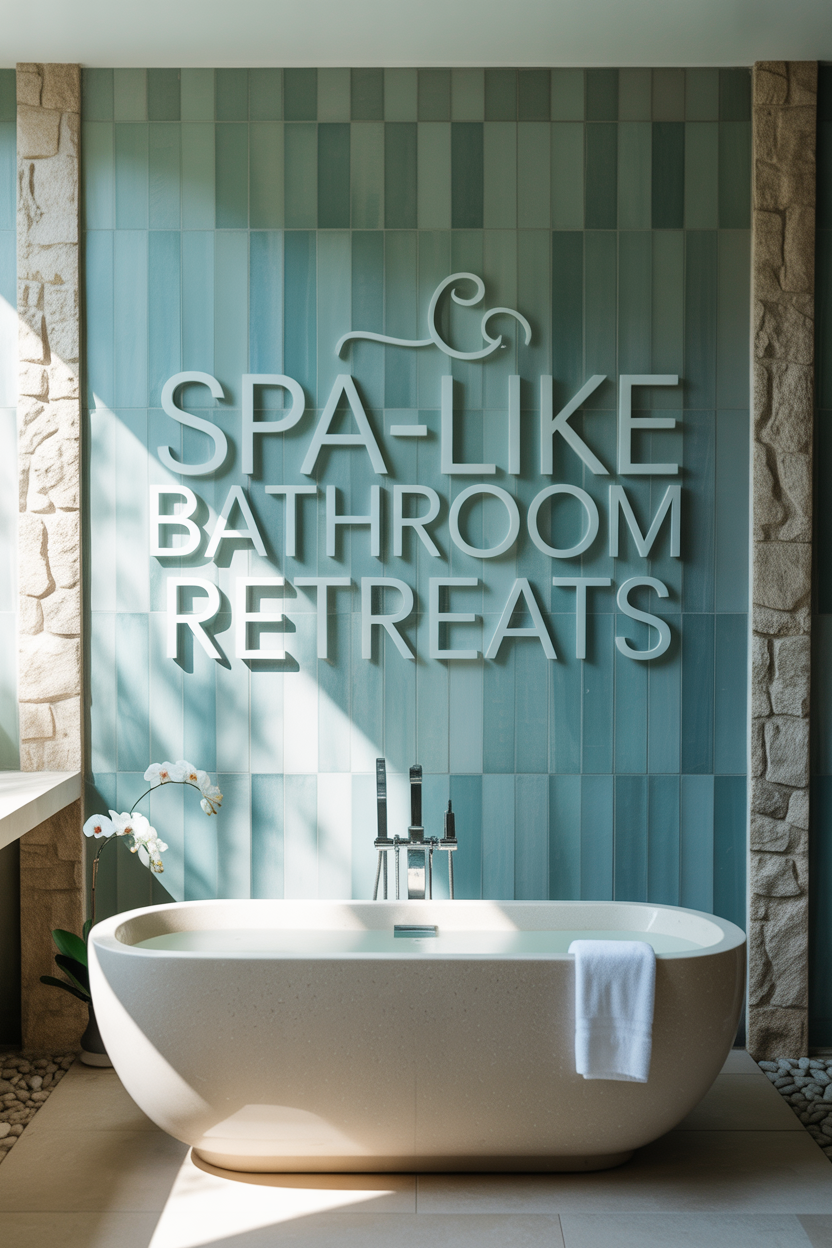
Transform your bathroom into a personal sanctuary with thoughtful tile selections. Full-height shower installations provide both waterproofing and visual continuity that elevates the entire space.
Consider these designer-approved elements:
- Horizontal accent strips that visually expand the space
- Custom niches that combine functionality with aesthetic appeal
- Large-format tiles that minimize grout lines for easier maintenance
- Natural materials that introduce organic warmth and texture
- Soothing blue and green palettes that promote relaxation
- Wood-look porcelain that offers warmth without moisture concerns
- Pebble tiles that provide gentle foot massage and natural texture
Proper waterproofing forms the essential foundation of any bathroom tile installation. This critical step prevents moisture damage to underlying structures and protects your investment in beautiful surfaces.
Expanding Tile Beyond Wet Areas: Living Space Transformations
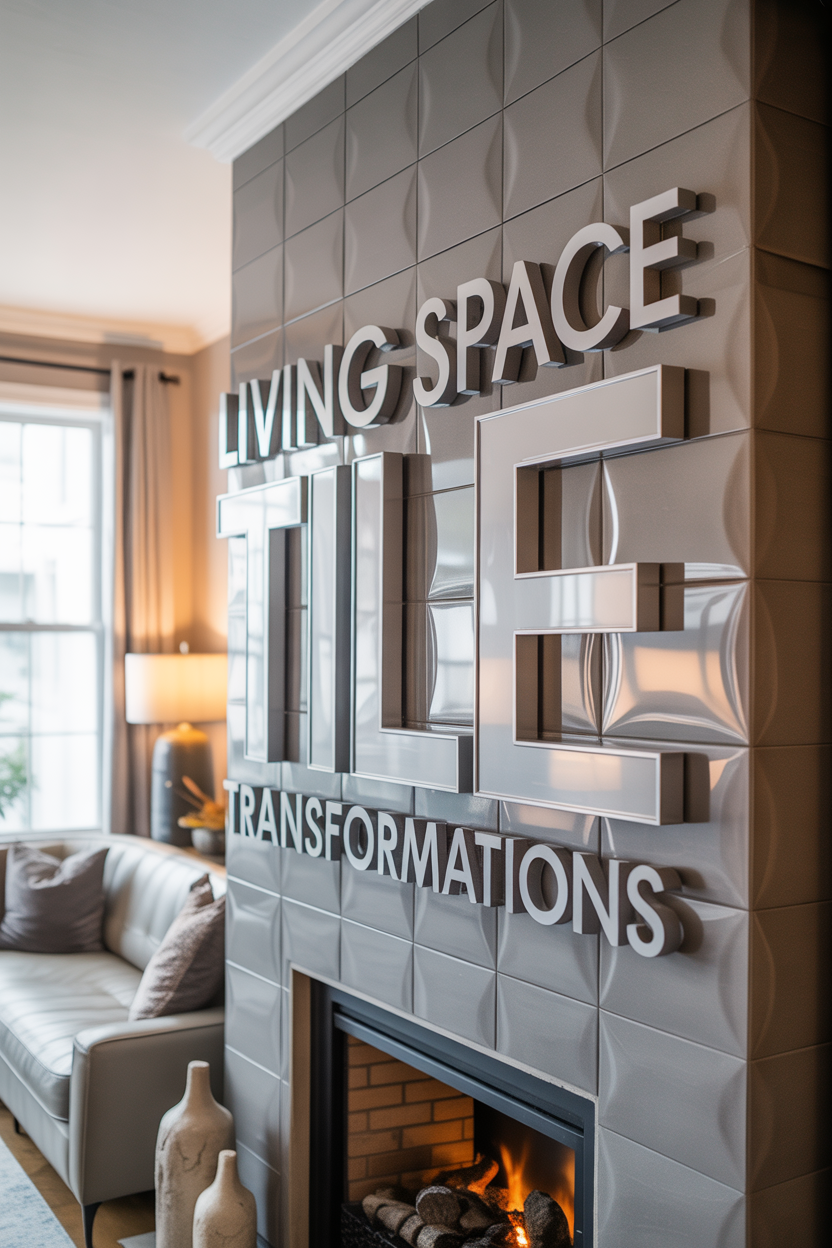
Tiles have moved beyond kitchens and bathrooms to create striking features throughout the home. Tiled accent walls instantly elevate living rooms with distinctive texture and visual interest.
Outdated fireplaces gain new life with tile surrounds. Porcelain marble-look options deliver luxury aesthetics without the maintenance concerns of natural stone, while textured tiles add dimensional interest.
Entryways and hallways benefit from durable tile surfaces that withstand heavy traffic while making powerful first impressions. Geometric patterns and high-quality marble-look designs set an elevated tone for your entire home.
In comparison to traditional wallcoverings, tiles offer superior durability and cleaning ease in high-traffic areas. They resist scuffs, stains, and moisture damage that would quickly compromise wallpaper or painted surfaces.
Creative Tile Patterns: Transforming Basic Materials Into Custom Designs
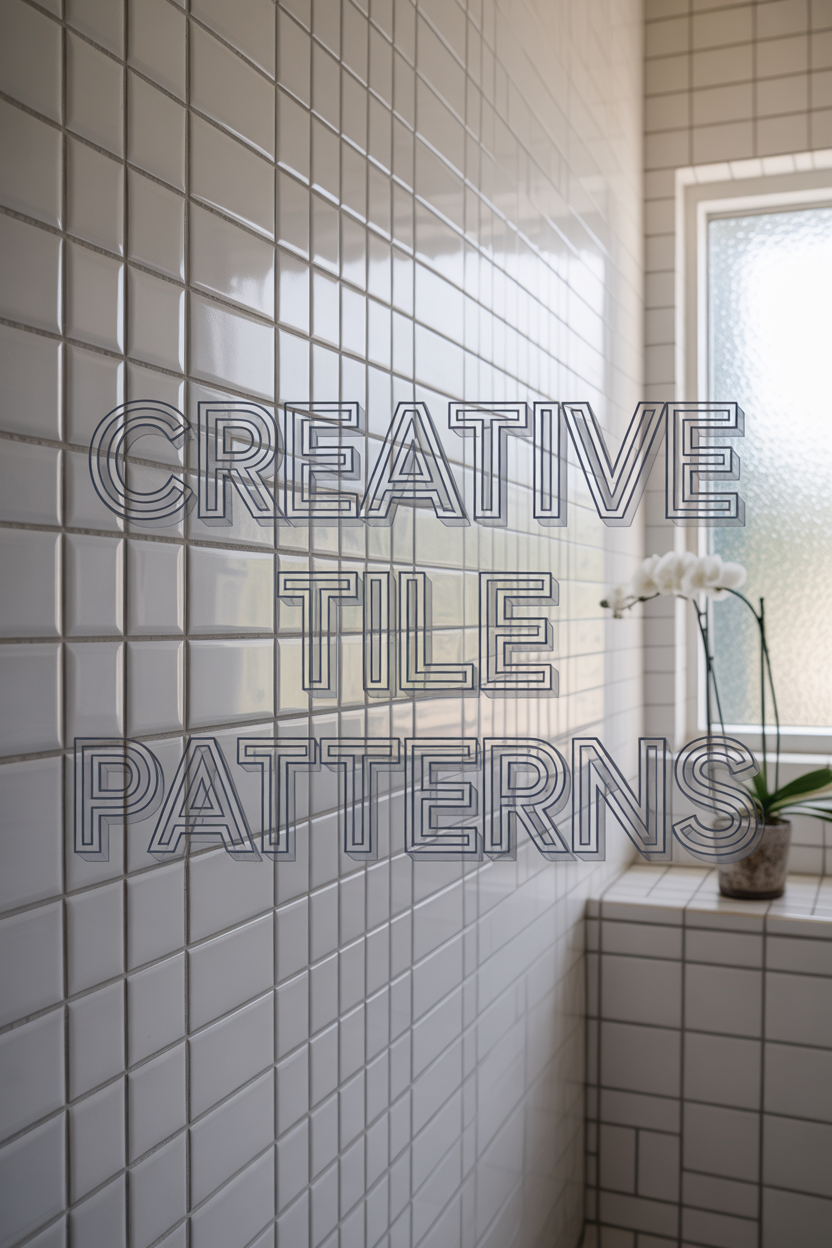
The arrangement of tiles often matters more than the tiles themselves. Classic patterns gain fresh relevance through thoughtful application:
- Herringbone layouts create dynamic visual movement across surfaces
- Chevron patterns form distinctive V-shapes that draw the eye
- Basketweave arrangements offer traditional elegance with geometric precision
Bold geometric and Moroccan-inspired patterns make powerful statements in smaller spaces like powder rooms. These distinctive designs become conversation pieces that showcase your design confidence.
Tile orientation dramatically affects spatial perception:
- Vertical installations visually raise ceiling heights
- Horizontal layouts make narrow spaces feel wider
- Diagonal placement adds dynamic energy to static rooms
Break conventional rules by trying unexpected approaches like vertical subway tiles or asymmetrical patterns. These creative choices add personality that distinguishes your space from standard installations.
Mastering Color in Tile Design: From Subtle to Statement-Making
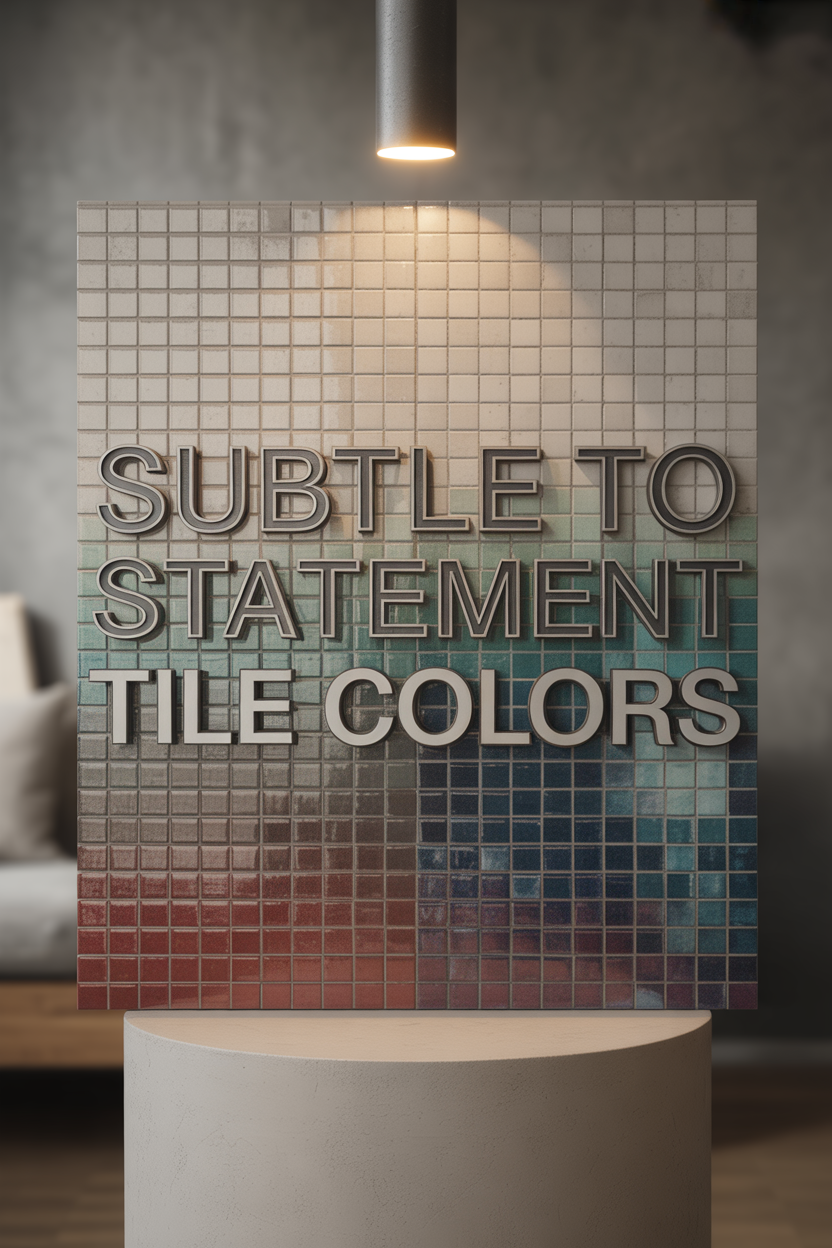
Monochromatic schemes using varying textures in a single color create sophisticated depth. White-on-white designs remain particularly popular for their fresh, timeless appeal and ability to make spaces feel larger.
Vibrant blues, greens, and jewel tones create powerful focal points when used strategically. Consider limiting bold colors to feature areas rather than entire surfaces to prevent overwhelming the space.
Neutral palettes in beiges, grays, and soft whites provide enduring appeal that transcends changing trends. These versatile backgrounds allow your furniture and accessories to evolve without requiring costly tile replacements.
Incorporate trending colors through accent pieces rather than full-scale applications. This approach allows you to enjoy current styles while maintaining long-term design flexibility.
The Critical Role of Grout: Design Impact and Maintenance Considerations
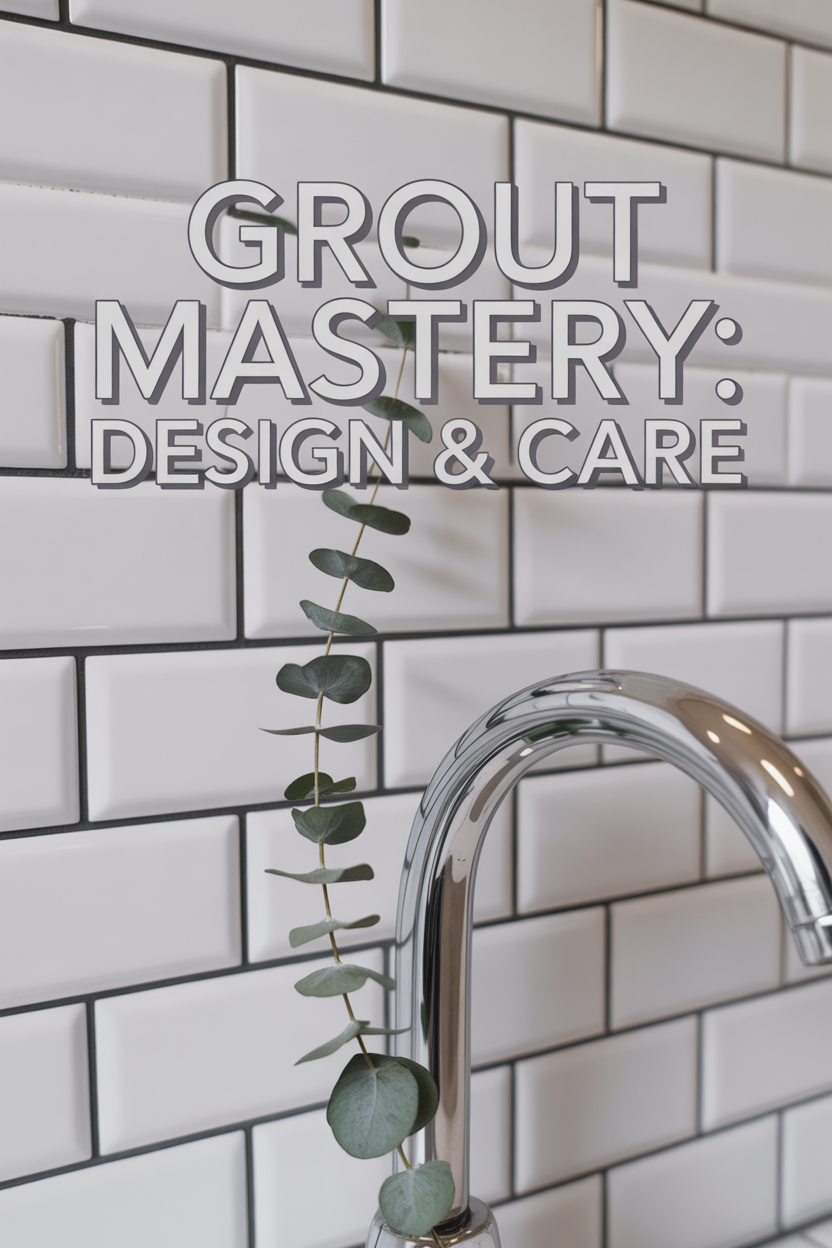
Grout color dramatically influences the final appearance of your tile installation. Dark grout with light tiles highlights pattern geometry and hides inevitable discoloration, while matching grout creates seamless, expansive surfaces.
Modern grout formulations offer significant advantages over traditional options. Epoxy grouts resist staining and require no sealing, while cement grouts with enhanced properties provide improved color consistency and reduced porosity.
Antimicrobial grouts prevent mold and mildew growth in moisture-prone areas. This technology maintains both appearance and healthy indoor air quality with minimal additional cost.
Regular sealing of standard cement grouts prevents discoloration and deterioration. This simple maintenance practice protects your investment and preserves the beauty of your tile installation.
Achieving Luxury Looks on a Realistic Budget: Smart Tile Strategies
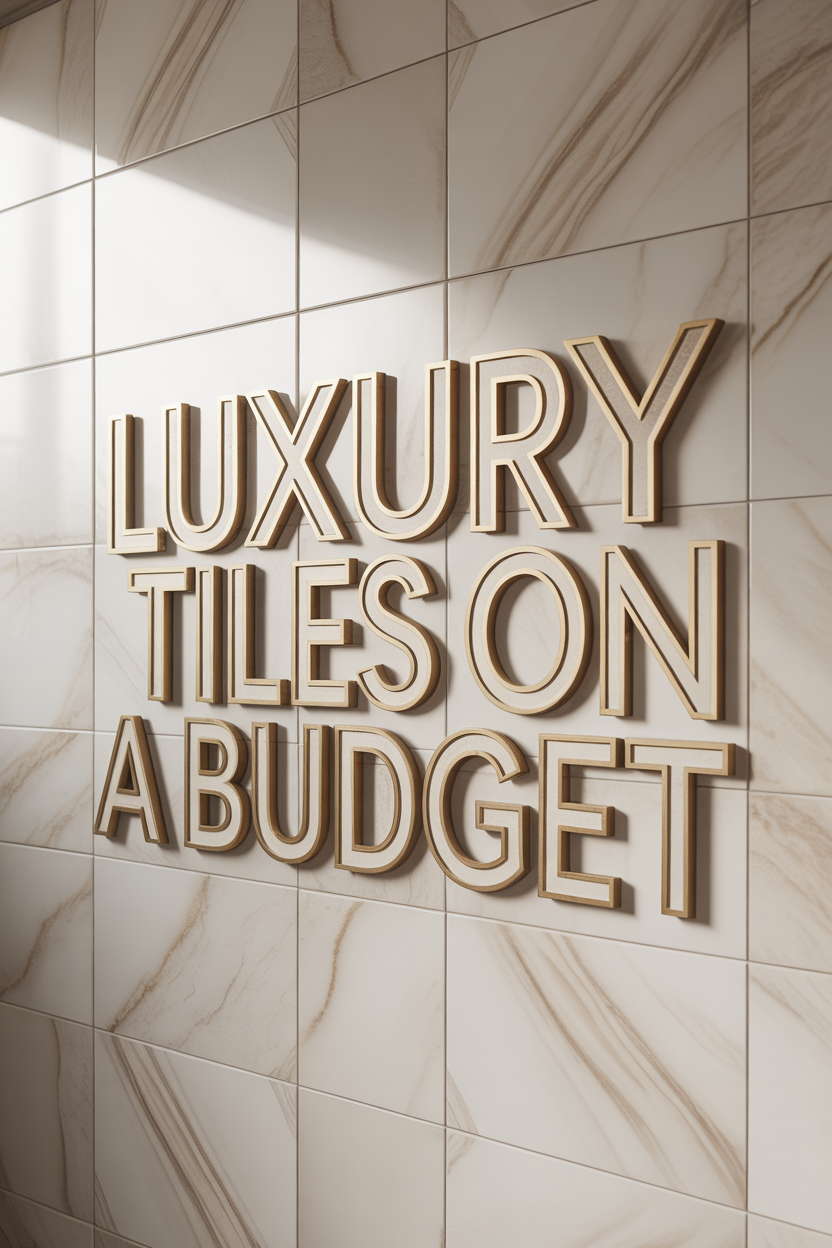
High-quality porcelain tiles now convincingly mimic expensive materials like marble and exotic wood. These alternatives offer superior performance characteristics while costing significantly less than their natural counterparts.
Strategic placement maximizes visual impact within budget constraints. Use premium tiles as feature areas surrounded by more affordable options to create designer effects without premium pricing.
DIY-friendly options include simplified installation systems and peel-and-stick products that reduce labor costs. These accessible alternatives make beautiful tile work possible even for those with limited experience.
Invest in areas with high visibility like kitchen backsplashes and bathroom vanity walls. Save on secondary spaces like laundry rooms and guest bathrooms without compromising overall design coherence.
Sustainable Tile Options: Beautiful Choices for Environmentally Conscious Homes
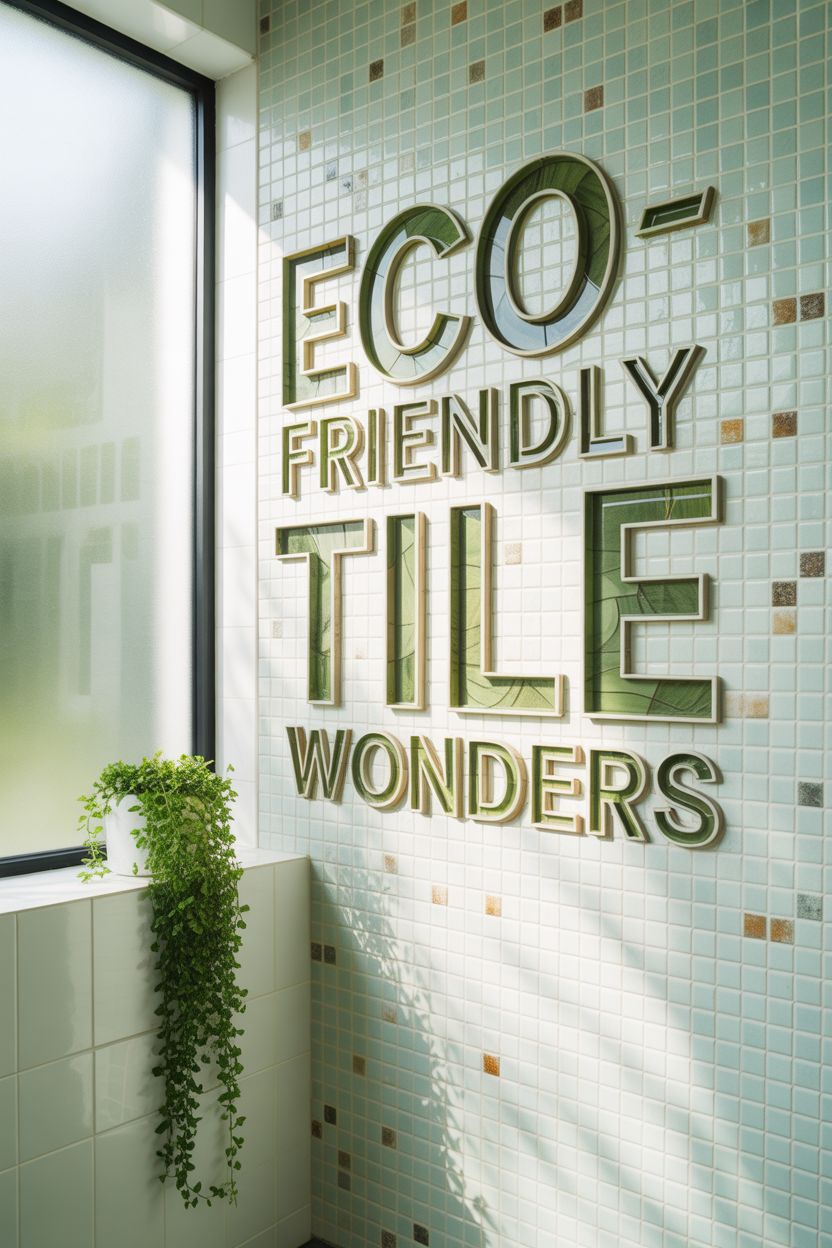
Recycled content tiles transform waste glass, ceramics, and industrial byproducts into beautiful, durable surfaces. These environmentally responsible options often feature unique visual characteristics that distinguish them from conventional products.
Energy-efficient manufacturing processes significantly reduce the carbon footprint of tile production. Look for certifications like Energy Star and LEED compliance when selecting products for eco-conscious projects.
Local artisanal tile makers create unique products with reduced transportation impacts. These small-scale producers often employ traditional techniques that connect your home to regional craft traditions.
Quality tile installations deliver environmental benefits through exceptional longevity. Unlike disposable design elements that require frequent replacement, well-installed tile can last decades or even centuries with minimal environmental impact.
Planning Your Successful Tile Project: Essential Steps for Outstanding Results
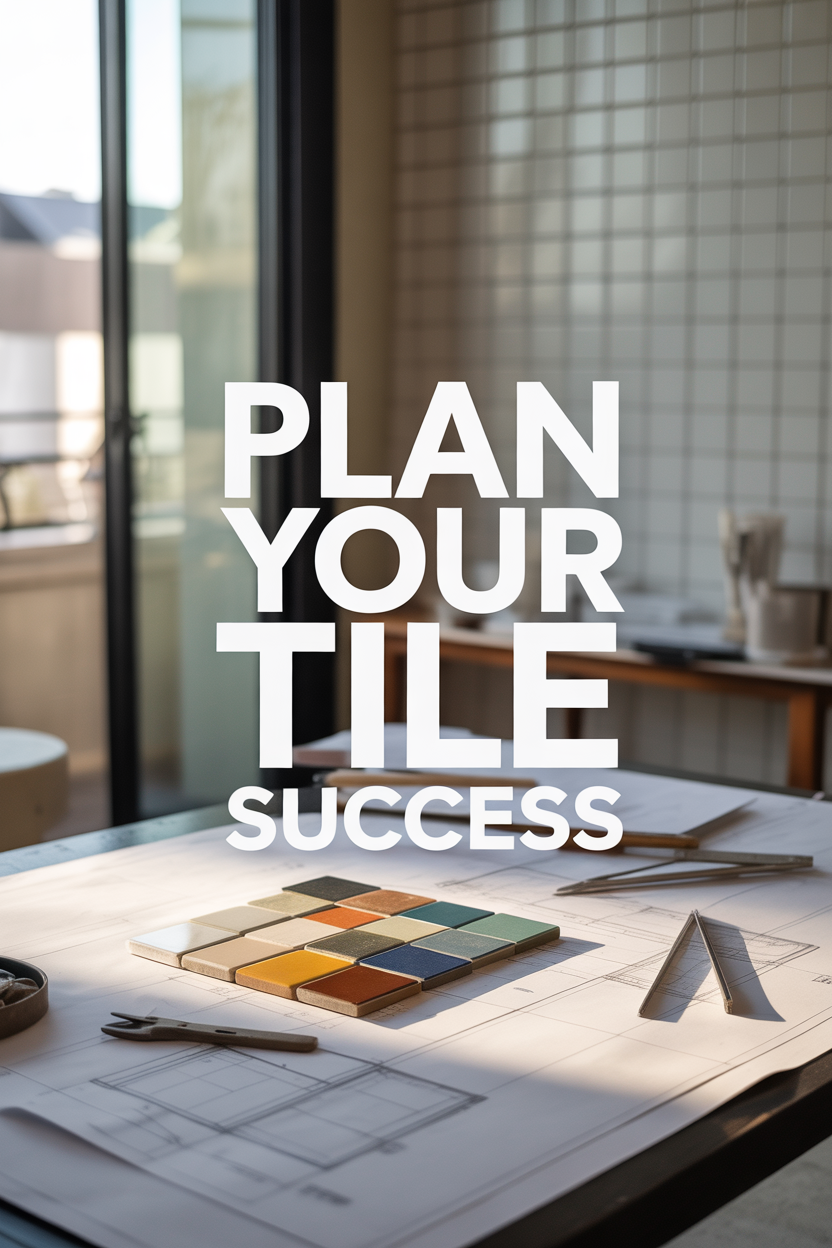
Accurate measurement ensures sufficient materials without excessive waste. Always add 10-15% extra for cuts, breakage, and future repairs to avoid problems with discontinued products or color variations between production runs.
Consider your skill level realistically when deciding between professional installation and DIY approaches. Complex patterns, large-format tiles, and uneven surfaces often benefit from professional expertise despite higher initial costs.
Create a realistic timeline that accounts for material selection, delivery, preparation, installation, and curing periods. Most tile projects require several days of sequential work rather than continuous effort.
Avoid common installation mistakes by investing in proper surface preparation, appropriate setting materials, and quality tools. The foundation work beneath your tiles determines the longevity and appearance of the finished project more than any other factor.
Wall tiles have evolved into design superstars that dramatically impact your home’s aesthetic appeal and functional performance. With options spanning every imaginable style from minimalist to boldly patterned, your perfect tile match awaits. Approach your project with thoughtful planning, quality materials, and proper installation techniques to create surfaces that will bring enjoyment for many years to come.






